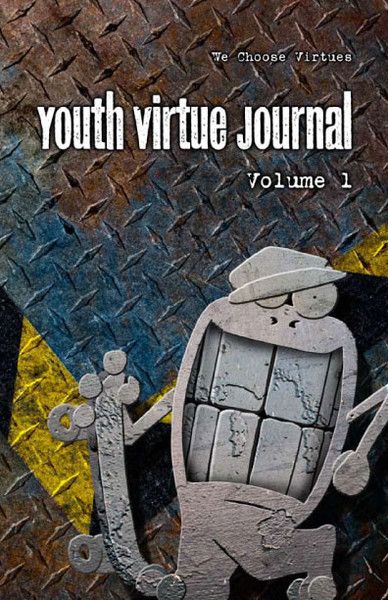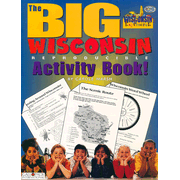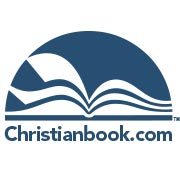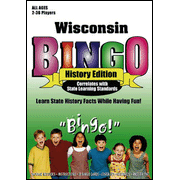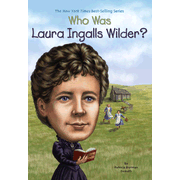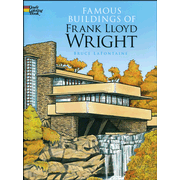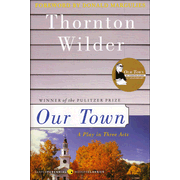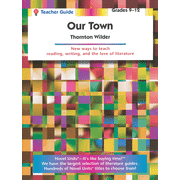President Theodore Roosevelt, during his term in office from 1901 to 1909, established five more national parks: Crater Lake, Wind Cave, Sullys Hill, Mesa Verde, and Platt. Some of these have been redesignated and are no longer national parks. Roosevelt also signed the Antiquities Act of June 8, 1906. This act would allow future generations to designate historic landmarks, structures, and other objects as national monuments.
On August 25, 1916, President Woodrow Wilson signed into law the act that created the National Park Service under the jurisdiction of the Department of the Interior. The mission of the Department of the Interior reads: "...protects and manages the nation’s natural resources and cultural heritage; provides scientific and other information about those resources; and honors its trust responsibilities or special commitments to American Indians, Alaska Natives, and affiliated island communities."
The mission of the National Park Service reads: "The National Park Service preserves unimpaired the natural and cultural resources and values of the national park system for the enjoyment, education, and inspiration of this and future generations. The Park Service cooperates with partners to extend the benefits of natural and cultural resource conservation and outdoor recreation throughout this country and the world."
Today, there are 401 national parks. They exist in every state and in Washington, D.C.; Guam; Puerto Rico; the Virgin Islands; and American Samoa. These 401 national parks cover 84,000,000 acres of land and 4,500,000 acres of water (oceans, lakes, and reservoirs). In addition to the parks, there are 77 national monuments. As of 2008, there were 27,000 historic structures and more than 2400 historic landmarks. The smallest national park is Thaddeus Kosciuszko National Park in PA which is just 0.2 acres. The largest is Wrangell-St. Elias National Park and Preserve in AK which is 13.2 million acres.
Our national parks are visited by roughly 300,000,000 people per year. Most national parks have a wide variety of activities year-round. Camping is available in many parks as well. Some parks take reservations for camping, but others are first-come, first-served. Find a park through the National Park Service and then click "Plan Your Visit" to find out about the operating hours, fees, reservations, and things to do.
Spend some time researching the National Park Service website, even if you aren't planning a trip. Consider using the website for supplemental material if you homeschool. With tabs like "Discovery History" and "Explore Nature," you're sure to find information that will interest your whole family. Choose a park and do some "Distance Learning."
The 10 most popular national parks are as follows:
1. Great Smoky Mountain National Park
2. Grand Canyon National Park
3. Yosemite National Park
4. Yellowstone National Park
5. Olympic National Park
6. Rocky Mountain National Park
7. Zion National Park
8. Cuyahoga Valley National Park
9. Grand Teton National Park
10. Acadia National Park
The series, National Parks of the United States, will begin with these 10 most popular destinations. If you aren't sure where each of these is located, be sure to check back to find out. There is most likely a national park within driving distance of where you live (maybe not one of these, but there is certainly another). Plan a trip. Enjoy a day off!





